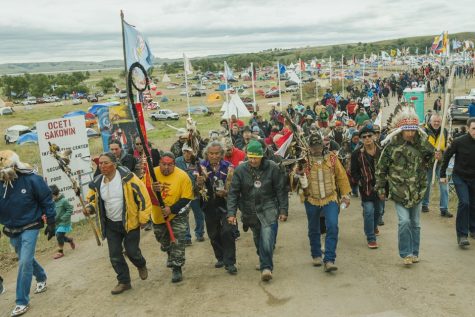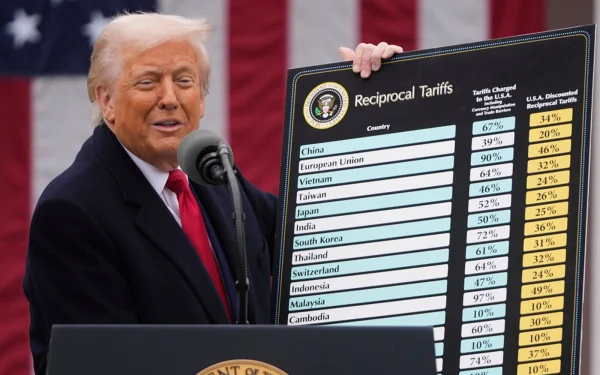Dakota Access Pipeline Sparks Protest

A national controversy erupted when native peoples protesting a new government facilitated project were met with pepper spray and dogs. A matter of legal right and national interests has found a firm foothold in a major oil production issue. For the production of an oil pipeline, the nation and its ever-expanding economic interests may be deeply improved, but for Native Americans, a matter of right through legal protections provided for historical injustice must be secured.
The Dakota Access Pipeline presents itself with chief benefits alongside major opposition. As pipelines serve to transport cost effective oil within refining markets, the production of this “crude” oil contributes to the economy as a major commodity, catalyzing many of our growing mechanical needs. Crude oil has the potential to undergo complex processes that produce many products, making it highly valuable. On a majority scale, crude oil is typically manufactured from various countries around the world, such as in Saudi Arabia, Canada, and Venezuela. According the U.S Energy Information Administration, the production of Crude Oil has reached a higher level of field production than in the last twenty years alone. However despite the general oil output that produces roughly 8,000 barrels of oil on a weekly basis, there is a growing demand for importing oil from foreign countries, as an approximated 9.4 million barrels of oil is imported annually.
As the project reached critical stages in its development in earlier parts of the year, it was in late July that the project had earned its approval by the U.S Army Corps engineers to continue its progress. The project is also an effort towards making steadfast developments in lessening reliance on foreign oil imports. The procedure of obtaining oil would be solely allocated to the United States. Dated to be operational by the fourth quarter of 2016, local opposition has risen to the occasion as many within the region fear potential failings in the project. Locals have cited environmental concerns of the project, some including the possibility of the pipeline bursting, though the project reassures the public that contingencies are in place, should that happen. Furthermore, the U.S Wildlife and Fish Service has claimed that little impact towards the environment can be drawn from the established pipeline. Other concerns have come forward regarding land repossession, as the government can re-claim lands within the domain of the pipeline, regardless of whether or not the property is privately owned or not. A more prominent issue relates to the fact that, above all other concerns, the pipeline will run across designated Indian reservations.

This project has produced recent protest as developments are ongoing. Wilcox senior Maia Kerr shared her input with extensive foundational knowledge on the topic, stating that “the impacts of this are worldwide,” and that the pipeline is a “violation of civil liberties.” Despite the more recent coverage of the topic, the issue itself had been primarily set into motion as early as the beginning of 2015. The federal unit in charge of constructing waterway routes and developments within that field, the US Army Corps of Engineers, sent letters to the Tribal Historic Preservation Office (THPO). These letters were in regards to building the pipeline within the proposed region with necessary permission to be obtained from the THPO. The US Army Corps then consulted the native people of the region, in accordance to the National Historic Preservation Act to acquire direct permission from residents in the land. The Preservation office had replied to previous letters, requiring a thorough examination of the land. Despite many of these posed requests going unanswered, the Corps published an environmental assessment by the end of the year, claiming that much of the land will go undisturbed by construction.
Alongside many of the arguments surfacing with environmental influences, opposition mainly surrounds the debate about the necessity to protect sacred native land. The tribe has directly argued that the US government has a responsibility to properly approve the pipeline with direct consultation of the tribe regarding each decision made during the process. This claim came up in Federal court in July, between the nonprofit organization Earthjustice and the Army Corps. Since then, protest has grown with many demonstrators causing direct interferences with construction. In retaliation to the activists who had continued their efforts, a private security company hired by The Dakota Access Pipeline, used dogs and pepper spray against the many campaigners who blocked bulldozers in the process. After appeals to the Federal court system, the project may be temporarily halted in further considerations to the request. By whatever interests each group holds to heart, the issue has found its foundation as a matter of national concern, by historical or economical means found applicable.





